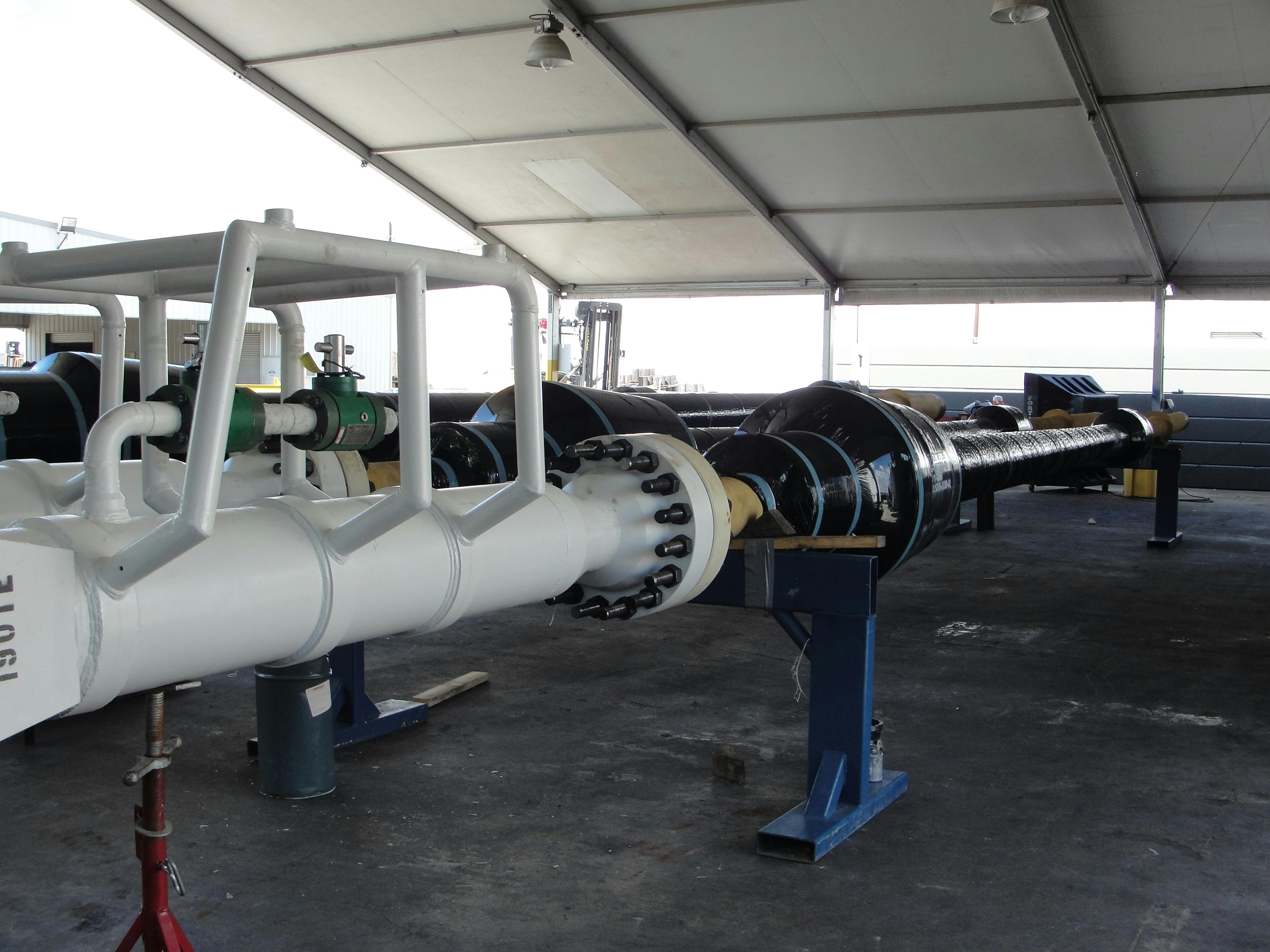3 Things to Consider When Using Tapered Stress Joints on a Tieback
Tiebacks are very common when it comes to new offshore developments, substantially lowering CapEx by using existing infrastructure. Many tiebacks use steel catenary risers to connect the tieback flowline to the host facility. There are a couple of well-established options when it comes to securing the new SCR to an existing vessel, including steel or titanium tapered stress joints and flexible joints. Both have advantages and disadvantages with respect to cost, manufacturing lead time, long-term performance, material compatibility, internal fluid characteristics and interface loads to the host vessel. In this article, we will discuss what to keep in mind if you decide to use a tapered stress joint to connect the SCR to the facility.

3 Dec 2019




